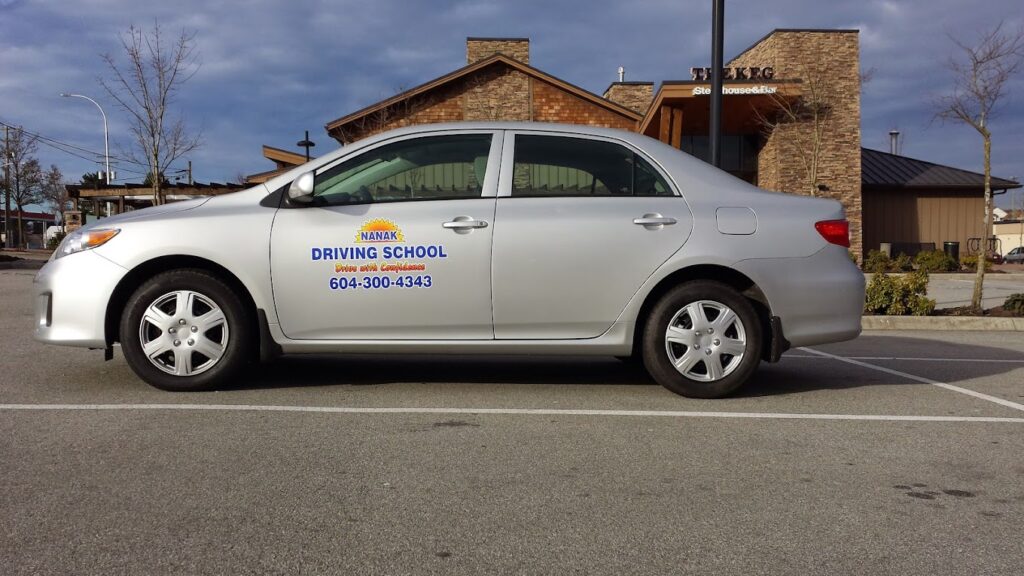
Best Practices for New Drivers
In this blog post, we will discuss the best practices for new drivers to ensure safe and responsible driving on the road. Whether you’re a teenager just starting out or an adult getting behind the wheel for the first time, these tips will help you become a confident and capable driver.
1. Get to Know Your Vehicle
-
- Familiarize yourself with the location of all controls, including the gas pedal, brake, and clutch (if you have a manual transmission).
-
- Adjust your seat and mirrors before starting the engine.
-
- Always wear your seatbelt and ensure all passengers do the same.
2. Follow Traffic Rules and Signs
-
- Pay attention to road signs and obey traffic signals, including stop signs, yield signs, and traffic lights.
-
- Follow the speed limit and adjust your speed to suit the conditions (e.g. slowing down in bad weather).
-
- Use your turn signals to indicate your intentions to other drivers.
3. Stay Alert and Focused
-
- Avoid distractions while driving, such as texting, talking on the phone, or eating.
-
- Keep your eyes on the road and scan ahead to anticipate potential hazards.
-
- Take breaks when driving for long periods to avoid fatigue.
4. Practice Defensive Driving
-
- Assume that other drivers may make mistakes and be prepared to react accordingly.
-
- Maintain a safe following distance from the car in front of you.
-
- Check your blind spots before changing lanes or turning.
By following these best practices, you can ensure a safe and enjoyable driving experience as a new driver. Remember, driving is a privilege, not a right, and it’s important to be responsible and courteous on the road. If you have any questions or concerns about driving, be sure to consult with a qualified driving instructor or your local Department of Motor Vehicles.
